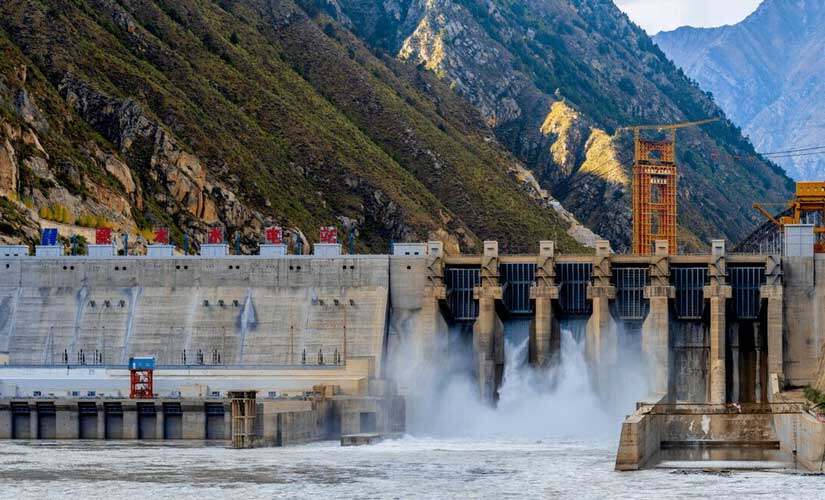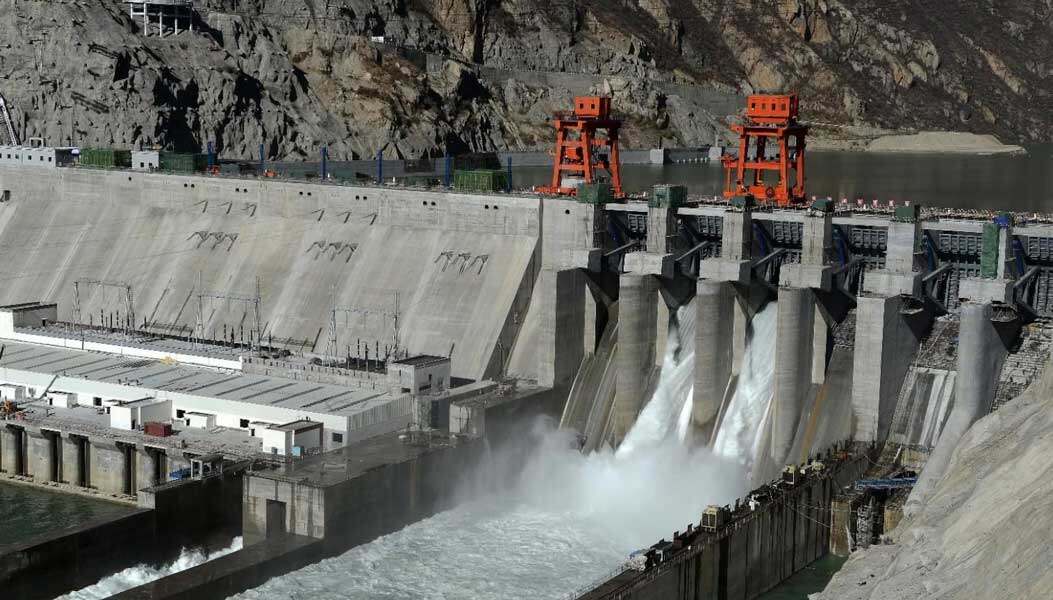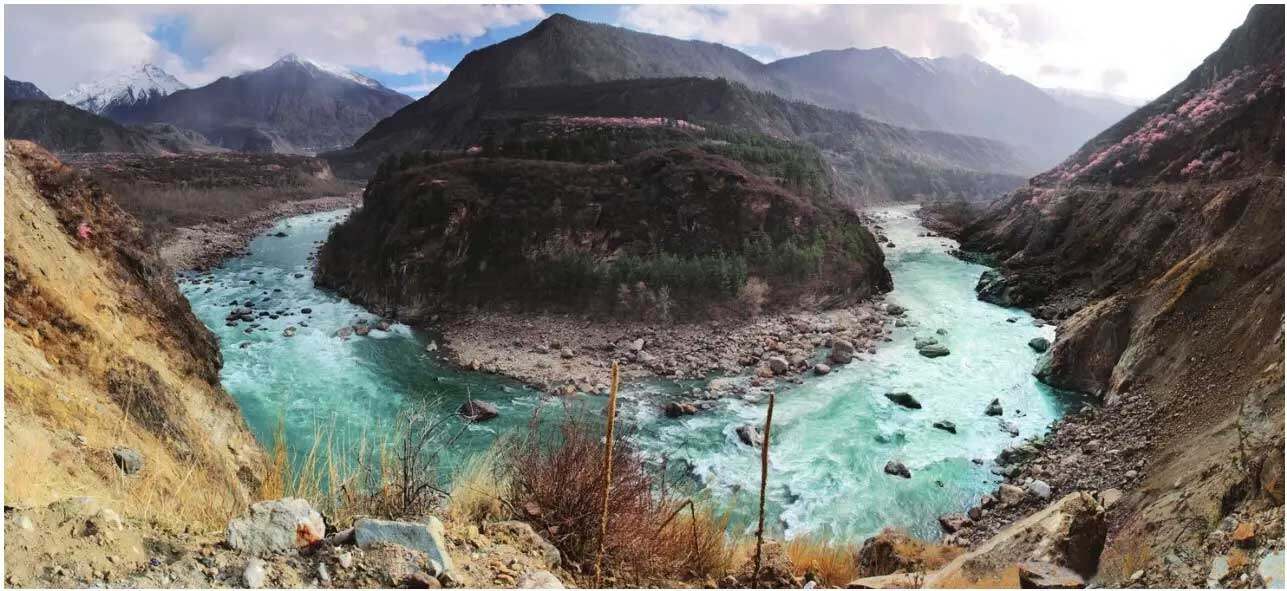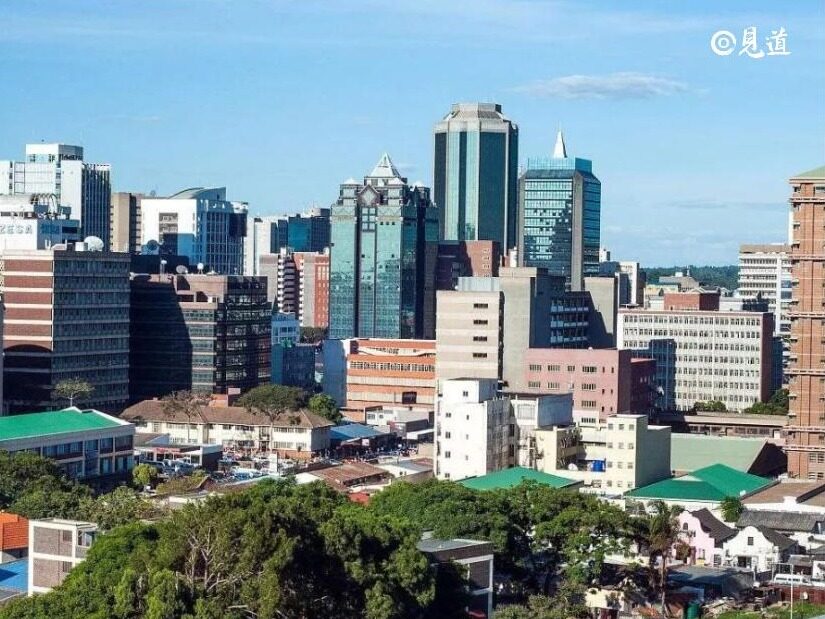- China's hydropower construction on the Brahmaputra has little impact on water use in India and other countries
- India fears China is trying to use the river as a weapon to cut off or divert the flow of the Brahmaputra

Recently, India's Minister of Water Resources Shekhawat said in an interview that India plans to build a dam with the second largest water storage capacity in India in Arunachal Pradesh, the southern Tibetan region of China. According to reports, the dam has functions such as water storage, flood control, and power generation. The designed water storage capacity is about 10 billion cubic meters and the total investment is about 500 billion rupees. The purpose of construction is to counter China's ambitious Brahmaputra Upstream river diversion plan.
river diversion plan
The so-called river diversion plan in India's mouth refers to China's engineering activities to build a hydropower station on the Brahmaputra. As early as when the Zangmu Hydropower Station started construction in 2010, the Indian government expressed concern that China’s upstream engineering activities would lead to a reduction in the downstream water flow and even cause the Brahmaputra to be diverted, so that Indians would never see Brahmaputra again. Pull River. In fact, the Chinese Ministry of Foreign Affairs has long since refuted the above-mentioned hype, emphasizing that the hydropower station itself does not have the capacity for regulating and storing, and that the impact on the upstream and downstream has been fully considered at the beginning of the planning, and the impact on the water use of downstream countries such as India is even more negligible.

Several Indian media mentioned that the document issued by the Chinese government in 2021 clearly proposed to "implement the development of hydropower in the lower reaches of the Yarlung Zangbo River", and to build a hydropower station with an installed power generation capacity three times that of the Three Gorges in the downstream Great Bend area. The move has aroused great concern from the Indian government, worried that China is trying to use the river as a "weapon" to "cut off" the flow of the Brahmaputra or change the direction of the river. At that time, an anonymous senior official of the Indian government said, “What is needed now is to build a dam in Arunachal Pradesh to mitigate the adverse impact of China’s (hydropower) projects on India.”
Shekhawat said that India is currently facing a situation where the catchment area is dry during the non-monsoon season, "so if they (China) store water through the dam during the non-monsoon season, then it will be a big blow to Arunachal Pradesh and even Bangladesh. serious impact". "They (China) said earlier that they had no plans to build hydropower plants, and then they said they were building run-of-the-mill hydropower plants, and now we have evidence that they may have diverted the river," he added. "The Indian side has figured out the ins and outs, and the Arunachal Pradesh government is trying to resolve some minor resistances at the local level," he stressed. "Although the cost of building the dam is around Rs 50,000 crore, the cost is irrelevant. Dams should be built".
different views
However, Indian experts take a different view. In an interview with Indian media, Angel Prakash, director of the Bharti Public Policy Institute of the Indian Business School in Hyderabad, believes that China's hydropower construction plan on the Brahmaputra will not have a major impact on India. He said: "Regardless of the flow of the Brahmaputra through India, most of its water volume comes from local rainfall, so China's development and use of the river will not have a serious impact on the rivers in the Indian side of the basin. "

The spokesperson of the Chinese Ministry of Foreign Affairs also made it clear that it is China's legitimate right to develop hydropower in the lower reaches of the Brahmaputra. China has always upheld a responsible attitude towards the development and utilization of transboundary rivers, and implemented a policy of developing and protecting simultaneously. Any project will undergo scientific planning and demonstration, and fully consider the impact on downstream areas, taking into account the interests of upstream and downstream. At present, the development of the lower reaches of the Brahmaputra is still in the preliminary planning and demonstration stage, and there is no need for the outside world to interpret it excessively. For a long time, China has carried out sound cooperation with India and Bangladesh in hydrological flood reporting, flood control and disaster mitigation, and emergency response. China will maintain communication with countries such as India and Bangladesh through existing channels.
Since the Sino-Indian border confrontation in 2020, the Indian government has been making small moves in "Arunachal Pradesh" one after another to test the bottom line of my policy. In addition to the planned construction of hydropower stations, it has also started to strengthen the construction of dual-use road infrastructure for both military and civilian purposes, creating tensions and tensions. "Hindustan Times" quoted people familiar with the matter as saying on the 16th that India is building the "Sala Tunnel" in "Arunachal Pradesh". After the tunnel is completed, it will greatly increase the concentration of Indian troops and equipment to the "Tawang Frontline Area". speed. However, the completion date may be pushed back from June to the end of the year due to slowing construction progress due to cold winter temperatures. The Indian government has previously announced that the "Sera Tunnel" will become the world's longest two-lane tunnel at an altitude of 3,900 meters, and will remain open all day long after completion. Indian military experts believe that it is very important to achieve all-weather unimpeded access "because this can ensure the rapid deployment of the Indian army in wartime."

In February 2022, the Indian Ministry of Defense stated in a parliamentary question that its subsidiary Border Road Organization will build a 149.98-kilometer-long road in "Arunachal Pradesh" in 2021 alone. In addition, the organization has built 144.41 kilometers, 55.17 kilometers and 69.46 kilometers of roads in Uttarakhand, Himachal Pradesh, Sikkim and other local states bordering China, respectively. Editor/He Yuting
Comment
 Praise
Praise
 Collect
Collect
 Comment
Comment
 Search
Search














Write something~